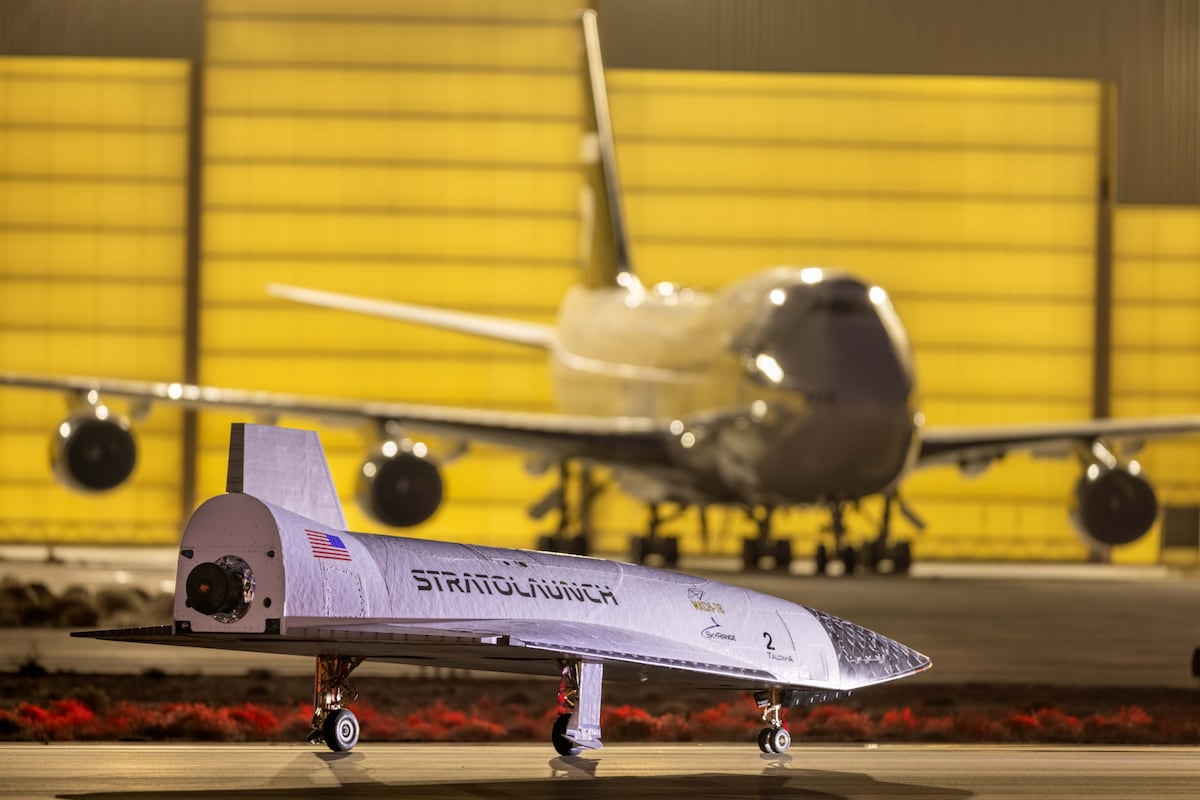
Last starlight for ground-breaking Gaia
The European Space Agency’s Milky Way-mapper Gaia has completed the sky-scanning phase of its mission, racking up more than three trillion observations of about two billion stars and other objects over the last decade to revolutionise the view of our home galaxy and cosmic neighbourhood.
Launched on 19 December 2013, Gaia’s fuel tank is now approaching empty – it uses about a dozen grams of cold gas per day to keep it spinning with pinpoint precision. But this is far from the end of the mission. Technology tests are scheduled for the weeks ahead before Gaia is moved to its ‘retirement’ orbit, and two massive data releases are tabled for around 2026 and the end of this decade, respectively.
“Today marks the end of science observations and we are celebrating this incredible mission that has exceeded all our expectations, lasting for almost twice its originally foreseen lifetime,” says ESA Director of Science Carole Mundell.
“The treasure trove of data collected by Gaia has given us unique insights into the origin and evolution of our Milky Way galaxy, and has also transformed astrophysics and Solar System science in ways that we are yet to fully appreciate. Gaia built on unique European excellence in astrometry and will leave a long-lasting legacy for future generations."



















